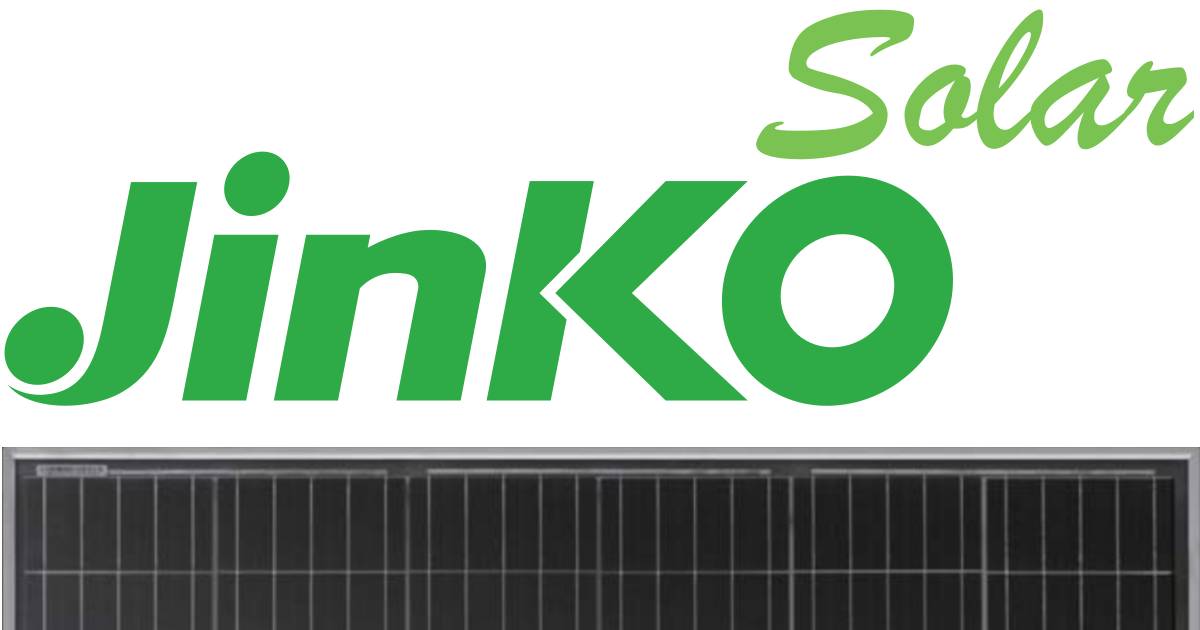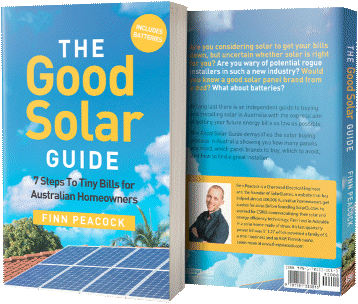
Solar module manufacturer JinkoSolar has staked a claim for achieving the highest conversion efficiency in bifacial panels to date.
A bifacial solar panel is a module that captures light hitting both front and back. They aren’t well-suited to most home solar installations as bifacial panels will only generate useful amounts of electricity from the back when a enough light is available – and that won’t happen with panels mounted on a residential rooftop close to the roof surface.
Where they are useful is where solar panels are mounted in tilted racks at a significant distance above the mounting surface, assuming that surface reflects enough light.
JinkoSolar says it has achieved a maximum conversion efficiency of 22.49% for its bifacial solar modules, which the company states breaks the previous world record. Jinko didn’t mention which product line it achieved the results with, but it could be the Tiger, which was unveiled at the All Energy Conference and Exhibition in Melbourne in October last year and had a conversion efficiency of 20.78% at the time. Or it could be a new product line.
Jinko says the improvements were gained through newly developed ARC1 and advanced metallization technologies, along with Tiling Ribbon (TR) tech; the latter removing gaps between cells.
The results were verified by independent certification agency TÜV Rheinland.
While a little scant on detail2, it’s always encouraging to see incremental improvements in silicon-based solar panel conversion efficiencies.
Aside from bifacial modules, JinkoSolar also manufactures solar panels more suited to residential rooftop applications – and these have been popular in Australia given their performance and pricing point. The firm’s panels generally get pretty good reviews from Australians who have had them installed and the company is currently listed on the SQ trusted solar brands chart.
New CTO On Deck For Jinko
In other news from JinkoSolar, the company announced on Tuesday it had appointed a new Chief Technology Officer – Dr. Hao Jin – and there’s an Australian connection.
Dr. Jin has been around the company for more than 7 years, kicking off his association as Jinko’s Chief Scientist in 2012. Dr. Jin is also a Research Fellow at the Australian National University in Canberra and earned his PhD in Engineering at the ANU.
Looking at his impressive list of publications, Dr. Jin appears to have taken the aphorism “publish or perish” to heart – he’s been a busy guy. He’s also previously spent time working with other PV companies, including Lightway Solar and Trina Solar.
CEO of JinkoSolar Kangping Chen said Dr. Jin was instrumental in many of the company’s technological advances while in his previous role of Vice President of Research & Development.
“Going forward, Dr. Jin will focus his attention on accelerating our R&D efforts and applying them to the mass production of our solar products,” said Mr. Chen.
JinkoSolar is one of the world’s biggest manufacturers of solar panels, cells and wafers – and is continuing to expand production capacity.

 RSS - Posts
RSS - Posts



why is it not possible to get a indication of solar panel price in Australia`
What are solar instillation companies hiding
Understanding that it is a competitive market and quite a investment
Surely the prospective client should be in the position to make an informed
decision on what goes on their roof
The advancing design in panel construction and technology makes older
panels redundant very quickly and are these are the ones that are being
offered
Have decided to go with Jinko and would dearly love to know the price {retail}
difference Cheeteh Tiger etc
Then i can make the decision
Our solar panel comparison table gives pricing for solar panels (although note that prices can change fairly rapidly):
https://www.solarquotes.com.au/panels/comparison/compare-solar-panels/
Although what really matters to households is the total cost of installation, along with the quality of the work and the hardware.